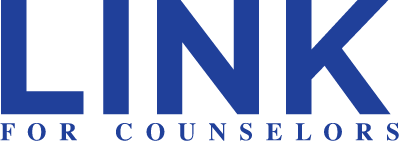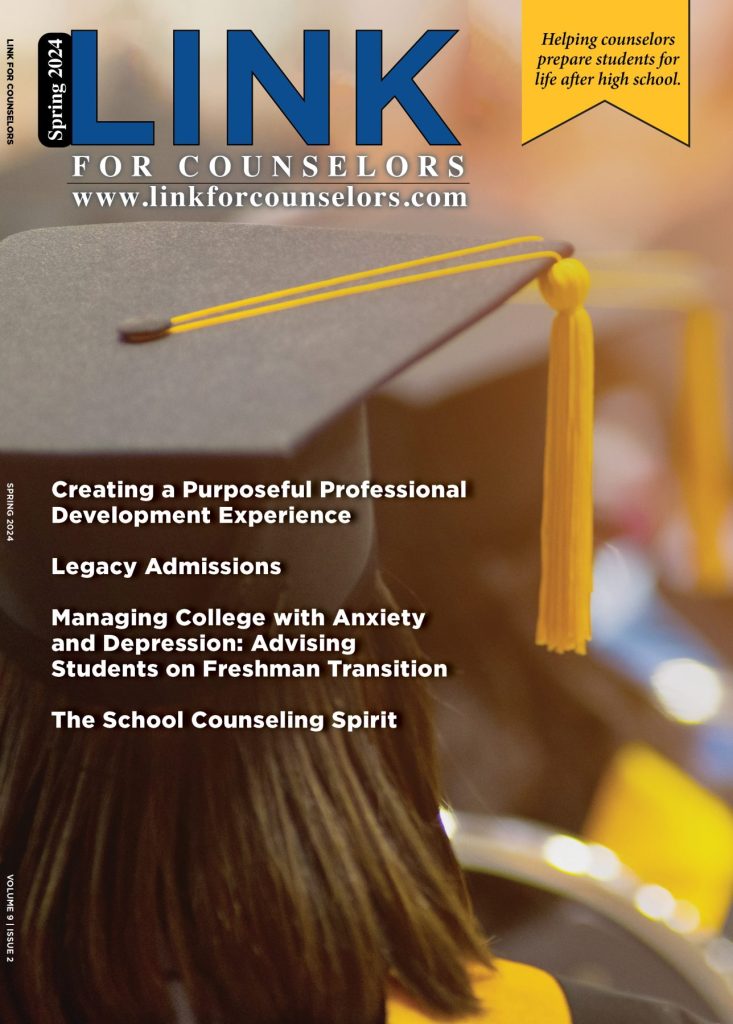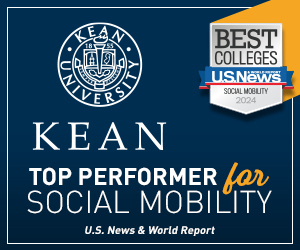DEPTH OVER BREADTH: BREAKING THE INFINITE BROWSING BARRIER
Multiple AP classes. Sports practice. Snapchat, Instagram and Facebook. SATs and ACTs. College tours and applications. Extra-curricular activities, internships, and clubs. It is no wonder that with so many options and obligations pulling them in so many directions, students are emerging from high school with increased levels of stress, lack of direction and reduced confidence in themselves. There is a constant demand of being pulled elsewhere, a desire to be everywhere and a resulting “fear of missing out” somewhere.
In the field of experiential education, we talk about the known outcomes of students finding passion, developing resilience and expanding perspectives on their gap years. These are all true and exciting results of this kind of living and learning. But I would argue that currently the single most important outcome of a gap year is students making a commitment, any commitment, to themselves, for themselves, to something, maybe anything. A commitment or decision that is made freed from academic pressures, familial demands, and social measures of how many likes, followers, friends or thumbs up s/he receives.
Harvard Law student Pete Davis gave a compelling commencement speech in which he talked about the “infinite browsing mode” that plagues this generation which keeps clicking through their options, afraid to choose and commit to any one thing. He goes on to share that the radical act is to make a commitment – be it to a cause, a community, a profession – and thus deepen focus, relationships, and values. I couldn’t agree more.
The students that I meet and speak with around the country are kind, curious, capable and inspired young adults with many interests and skills. These same students will often also hesitate to prioritize what they most want to do on their gap years – they are afraid to commit, they are afraid of what they may miss if they do.
A gap year can do worlds to transcend this infinite browsing barrier. It begins with a thoughtful planning process, one that encourages students to reflect on their strengths, interests, and goals. With time and good question-asking, students can and will prioritize 2 or 3 of those. Then, once on the gap year, students will experience for themselves the very real results that occur when they focus their time on their specific goals: they meet like-minded peers, they encounter inspiring mentors, they develop applicable skills and knowledge, and they have invested enough time to have a holistic experience within a singular area. Returning home and reconnecting with their college friends serves as the ultimate confirmation, where gappers realize how versed they have become in a particular topic, region or skill with absolutely no regret about “what else they could have done.”
I want gappers to challenge this generation’s persistent FOMO. I want them to understand that calculated decisions and commitments stand to bring them greater skills, relationships, and confidence. When they make such commitments, we see gappers emerge with the passion, resiliency and perspective that we have come to expect … but most notably with a stronger sense of agency in their own decision-making, a more refined list of skills and interests, and a tangible sense of the value of seeking depth over breadth.
Jane Sarouhan is Vice President of the Center for Interim Programs, the premier gap year counseling organization in the United States. Jane has been working in international and experiential education for 25 years. She spent a decade instructing student groups in Africa and Asia, and another decade developing admissions procedures, pre-departure trainings, experiential education curriculum, as well as risk management protocol for gap year programs. Now she travels and speaks around the country, promoting the gap year on a national level, while still advising families one-on-one to help create the gap year that best suits each individual gap year student.




